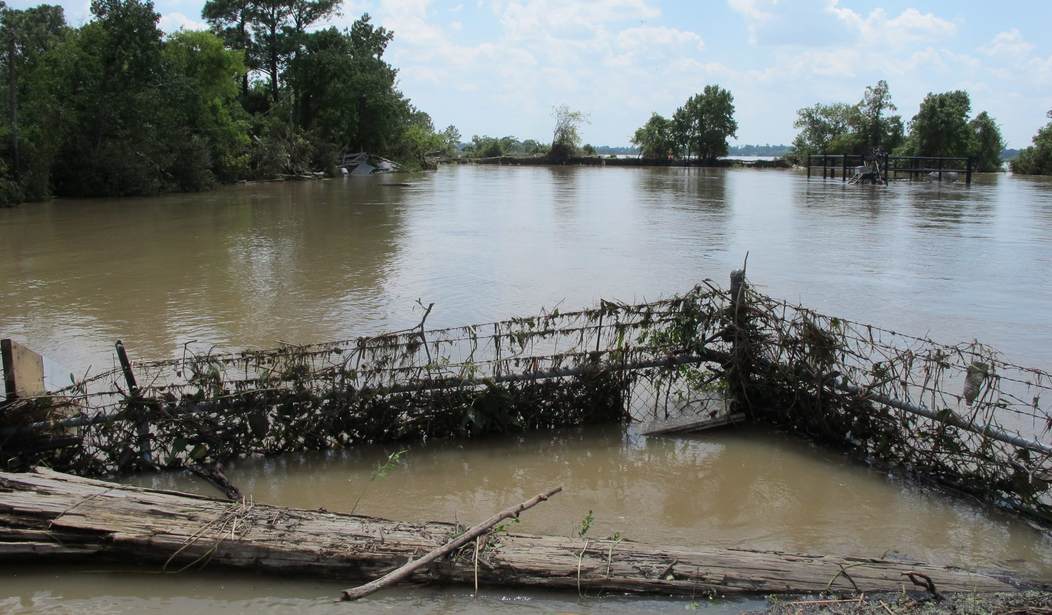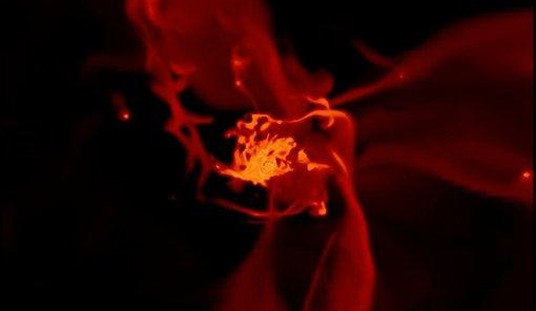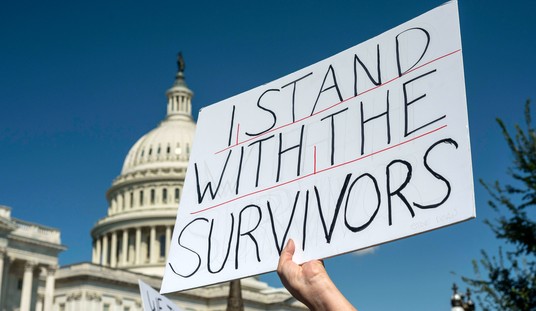Toll road developer Carlos “C.Y.” Benavides III is continuing to press on with his plans for a toxic waste dump in a south Texas floodplain, despite toxic spills from flooding due to Hurricane Harvey around the city of Houston. Benavides’ dump would receive waste from Mexico and other U.S. states around Texas.
“Building a landfill in the middle of a floodplain is a flagrant and reckless disregard of the health and safety of both humans and the environment,” Laredo City Council Member George Altgelt said. “The fact that the proposed dump will be upwind (with volatile heavy metal-laced coal ash) and bringing its toxic supply of trash over the fabled ‘streets of Laredo’ is a risk we have decided is not something we can expose our constituents to.”
Benavides has continued to pursue his project, despite multiple setbacks and a great deal of opposition. Rancho Viejo Waste Management (RVWM), his dump project, lost a property rights lawsuit, were denied a Webb County floodplain development permit, and received notice that developers have failed to obtain agreements from energy companies with land inside the boundaries of the proposed landfill.
Both the Laredo City Council and Webb County Commissioners Court voted to oppose the landfill permit.
The Texas Commission on Environmental Quality (TCEQ) is still considering the RVWM application, a process which the website’s records suggest has been going on since 2011.
As the TCEQ has acknowledged, “Approximately 60% of the landfill will be in the 100-year floodplain as defined by the Federal Emergency Management Agency.” The agency also noted that tributaries running through the floodplain “run through the landfill and from there into the Rio Grande.”
The RVWM dump would be allowed to import toxic, combustible, disaster, and medical wasted including coal ash and pollution control sludge from Mexico and states besides Texas. Coal ash is toxic, containing mercury, arsenic, and other heavy metals that are poisonous to humans and not biodegradable.
According to the proposal, the dump would be permitted to import nearly 4 million tons of waste per year, or 10,000 tons per day, and accept waste 24 hours per day, 365 days per year.
The San Antonio Express News reported that Benavides wants his dump to receive waste from an 800-mile radius via rail and truck. This radius would include most of Mexico, Texas, and parts of Arizona, New Mexico, Colorado, Oklahoma, Missouri, Kansas, Tennessee, Louisiana, Mississippi, and Alabama.
Such a massive toxic dump in a floodplain should set off alarm bells following the events of Hurricane Harvey.
On Tuesday, The Associated Press reported that “the U.S. government received reports of three spills at one of Houston’s dirtiest Superfund toxic waste sites in the days after the drenching rains from Hurricane Harvey finally stopped. Aerial photos reviewed by The Associated Press show dark-colored water surrounding the site as the floods receded, flowing through Vince Bayou and into the city’s ship channel.”
The AP further noted that photos taken on August 31 by the National Oceanic and Atmospheric Association (NOAA) showed dark-colored water surrounding the site. “While the photos do not prove contaminated materials leaked from U.S. Oil Recovery [a former petroleum industry waste processing plant], they do show that as the murky floodwaters receded, they flowed through Vince Bayou and emptied into the ship channel leading to the San Jacinto River.”
The New York Times reported that “at least 13 toxic waste sites in Texas were flooded or damaged by Hurricane Harvey.”
While Harvey was unusually conducive to flooding in the Houston area, the RVWM’s location inside the 100-year Webb County floodplain makes it likely that the toxic waste dump will face flooding in the future.
An organization has emerged to fight the toxic dump. Citizens Against the Loredo Landfill (CALL) has launched a petition against RVWM which has garnered over 3,000 signatures.
“The proposed Pescadito dump will be bringing industrial, demolition and special wastes that are toxic into Webb County by rail and truck, from industries within an 800 mile radius,” the petition warns. “This includes materials like coal ash, which carries significant health risks for humans, livestock and most importantly, our air and water.”
“Pescadito will also accept maquiladora and other industrial waste by rail from Mexico, which will not even be inspected until it has already crossed the Rio Grande,” the petition adds. “Local landfills have ore than 100 years of life remaining. We don’t need this dump.”
CALL also published a video warning about coal ash.
For his part, Benavides has emphasized the state of disrepair at the current Laredo city dump. “The city landfill is a mess—two-hundred-foot-tall ziggurats of trash imperfectly covered by dirt—and even from high above, the stench is overpowering,” Texas Monthly‘s Christopher Hooks reported.
“Days before, the city saw heavy rain,” Hooks noted. “In one section of the lot, running water, sickly green in color, escapes the site through a fence, spilling into a drainage ditch that meanders past many new homes and a high school.”
Benavides told Hooks that his proposed dump, which he then called the Pescadito Environmental Research Center (PERC), would allow trash to be transported from the city dump in a “more permanent fix.”
Benavides described opposition to his project as hypocrisy. “The groups opposing his plan to accept industrial waste didn’t give Ponderosa [Regional Landfill, a private facility that opened in 2013] the same scrutiny. People don’t seem to care that the city landfill, which also accepts waste from Mexico, is close to many homes. And the Mexican officials who fear contamination of the Rio Grande by the PERC have no right to complain, he says, since they dump raw sewage in the river.”
But even Benavides’ relatives have opposed opposition to the toxic dump project.
“Building an international toxic waste dump in a Webb County floodplain is bad for Texas and bad for our region’s environment, economy, and quality of life,” Benavides’ cousin, Arturo N. Benavides, of Laredo’s ANB Cattle Co., declared. “It’s time for this flawed and dangerous landfill development to stop.”
It remains unclear how Benavides will justify his toxic dump project after Hurricane Harvey, but he has not yet stepped back from the plan. It seems the battle of Pescadito is far from over.









Join the conversation as a VIP Member